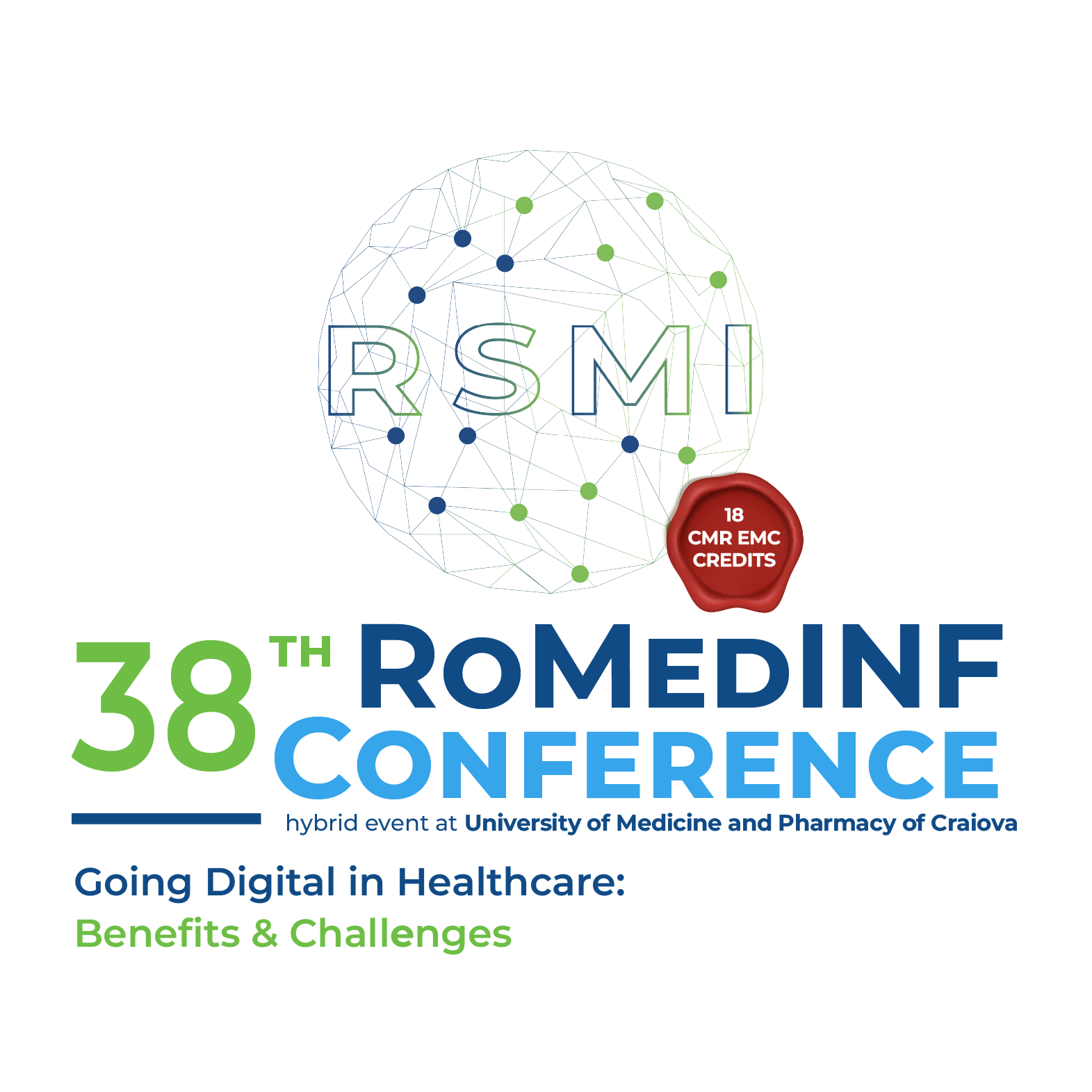Enhancing Lung Cancer Detection through Dual Imaging Modality Integration
Keywords:
Lung Cancer, Detection, Dual Imaging Modality, Deep Learning, Transfer Learning (TL)Abstract
Lung cancer remains the leading cause of cancer-related deaths worldwide, highlighting the urgent need for more effective diagnostic tools. Probe-based confocal laser endomicroscopy (pCLE) provides real-time, high-resolution imaging of lung tissue at a microscopic level, yet its diagnostic precision could be further enhanced. This study explores a dual transfer learning (TL) strategy that incorporates histological imaging data to refine the accuracy of pCLE-based lung cancer classification. The research involved patients undergoing lung cancer surgery, from whom both histological and pCLE images were obtained. These images were compiled into balanced datasets containing both benign and malignant samples. Three convolutional neural network (CNN) models—AlexNet, GoogLeNet, and ResNet—originally trained on ImageNet, were either fine-tuned using only pCLE images (confocal TL) or underwent a dual TL process, where they were first trained on histological images before adapting to pCLE data. Results demonstrated that the dual TL methodology consistently outperformed the confocal TL approach. Among the models, AlexNet achieved the highest accuracy at 94.97% with an AUC of 0.98, outperforming GoogLeNet and ResNet. All models exhibited statistically significant performance enhancements with dual TL (Student’s t-test, p < 0.001). Additionally, models trained using dual TL showed reduced false positive and false negative rates, with class activation mapping confirming improved focus on diagnostically critical areas. By integrating histological and pCLE imaging, the dual TL framework significantly improves classification accuracy for lung cancer detection, making it a promising technique for further developments.
Downloads
Published
How to Cite
Issue
Section
License
Copyright (c) 2025 Costin Teodor STREBA, Mircea-Sebatian ŞERBĂNESCU, Liliana STREBA, Alin Dragoş DEMETRIAN, Andreea-Georgiana GHEORGHE, Mădălin MĂMULEANU, Daniel-Nicolae PIRICI

All papers published in Applied Medical Informatics are licensed under a Creative Commons Attribution (CC BY 4.0) International License.

